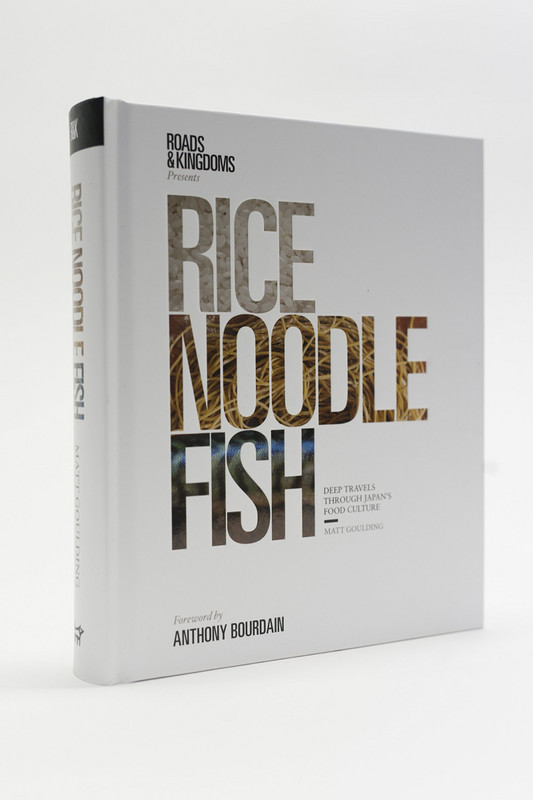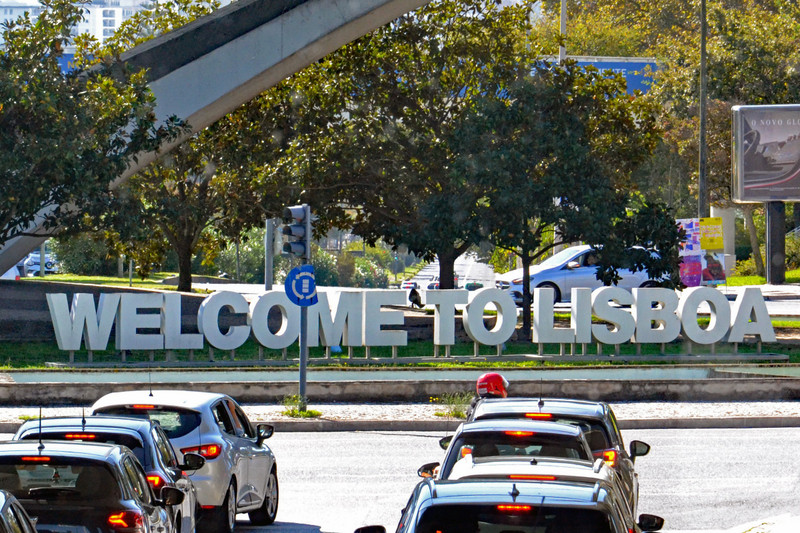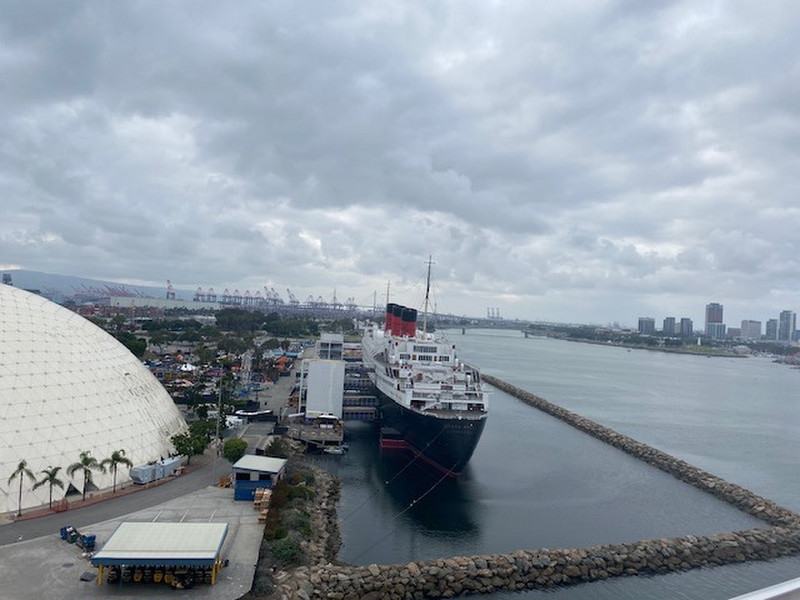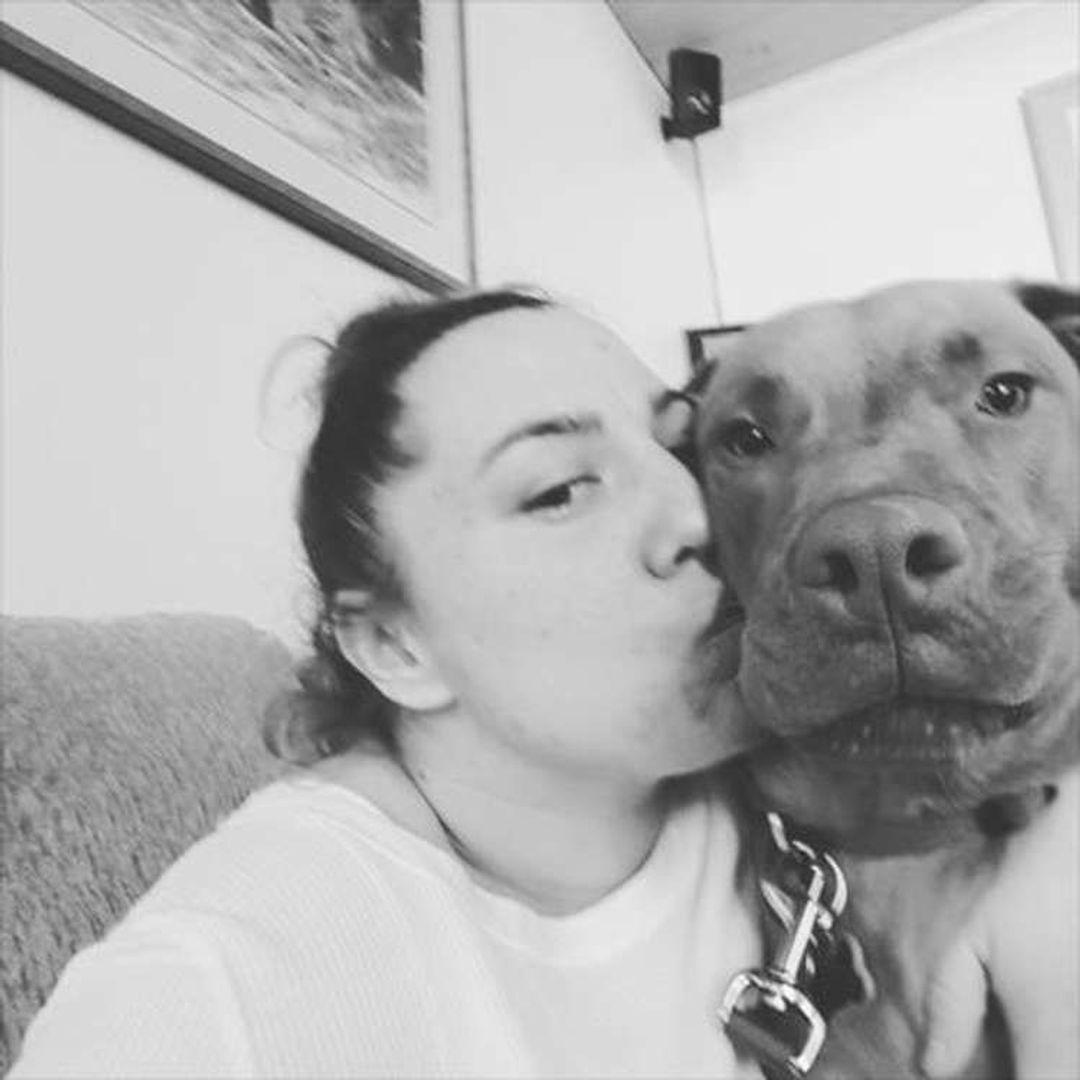Most North Americans would shudder at the thought of themselves or others loudly slurping while eating, but in Japan, its not only expected, but encouraged. Its believed that the practice originated as an olfactory experience — slurping soba noodles simply augmented the aromatic flavors when air was taken in through the mouth at the same time. From there, as other dishes such as ramen proliferated, the practice did too. The custom, which is relegated to noodles only, does spark some debate from time to time (some tourists find it distracting or downright offensive), but in Japan, where noodles reign supreme, locals remain unbothered and happily slurp away.If you love rice and noodles as much as I do, please read the book, Rice, Noodles, Fish by Matt Goulding. You will gain a new and life changing insight into noodles, ramen in Japan in particular. In particular, I enjoyed the ramen reviewer, who averages about two bowls of noodles a day in his quest for ramen perfection, I assume.In the area where I live, there is a place called Noodle Q that makes their own ramen. It is located at 2648 E. Ashlan, in Fresno. While it is
hardly like Tokyo or anywhere in Japan, it is still pretty good, and well worth a try.Hands down, Tampopo is the best noodle movie ever! A quarter century before Jiro dreamt of sushi, Juzo dreamt of ramen. That would be Juzo Itami, the writer and director of Tampopo, a originally released in 1985 and now enjoying a theatrical after a painstaking restoration. The images are now sharper, the ramen more delectable. But what this really means is that those who sit at the intersection of cinephilia and ramen obsession, a population whose numbers today surely dwarves the population 30 years ago, can finally see every shimmering globule of pork fat floating in a shoyu broth on the big screen just as they — and Itamis film — deserves.Best bowl of noodles I have ever had? I like fairly simple, so I vote for Sam Satos in Wailuku, Maui. It is served dry with a dipping sauce. Hawaii has several above average noodle joints, primarily in the Honolulu area.Would you believe my grandparents made noodles from scratch when I was
a youngster. It was an affair as I recall, and involved some whiskey, even though I was oblivious to the entire scene.You may recall that I had to survive on cup of noodles on my trip across Russia on the Railway. In fact, a good ramen or cup of noodles is the best currency that a passenger can have on the train. I could trade for just about anything, since I brought nice and upscale bowl of noodles products.Do you like pho? I really enjoy it in cold weather, like right now. If youre going to eat pho, the quintessential Vietnamese noodle soup, make sure you pronounce it right — its fuh, not foh. Pho is believed to have originated near Hanoi but didnt popular in Vietnam until the early 1900s. The soup can vary regionally in width of noodles, sweetness of broth, and choice of herbs, but the basics of the dish are the same throughout the country. I have tried almost all versions. My fav is the soup with thin, raw slices of beef swimming on top. The beef cooks slowly in the hot broth, flavoring the broth
and rendering the tender beef perfectly medium rare!One of my foods is udon. Udon (うどん) are thick Japanese noodles made of wheat flour. They are thicker than soba noodles, white and chewier. Udon is widely available at restaurants across Japan and prepared in various hot and cold dishes. Tempura Udon, my personal favorite, is usually served in a hot broth with the tempura pieces placed on top of the noodles. Sometimes, the tempura is placed on a separate dish beside the bowl or tray of noodles. Tempura ingredients vary between seasons and shops.Another favorite, Nabeyaki Udon is a dish that is cooked and served in a hot pot (nabe). The udon noodles are cooked directly in the nabe together with the broth and vegetables.









